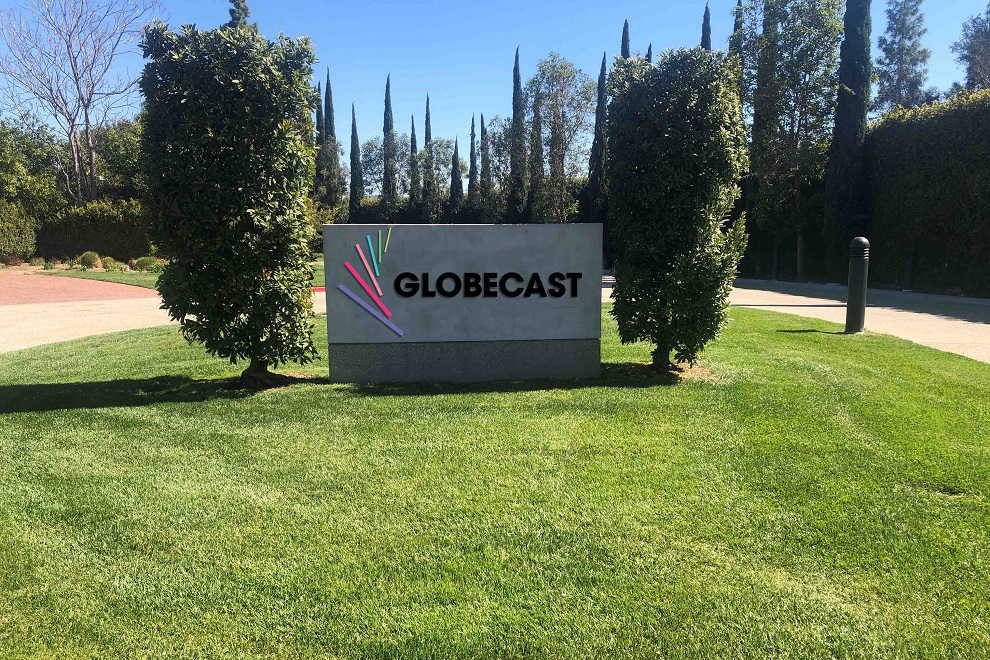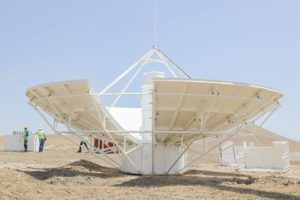Globecast has announced it is vacating its Culver City location, which it has called home for more than 30 years, into a new state-of-the-art facility in Westlake Village in metropolitan Los Angeles, CA. Westlake Village Studios is a 21,000-square-foot broadcast facility situated within the sprawling 12-acre Four Seasons Hotel Westlake Village. It will serve as a true media center as the company completes its move away from SDI to a SMPTE ST-2110 IP environment.
Chris Pulis, CTO at Globecast Americas, says, “There are multiple factors driving this move, both from a technological and business standpoint. Culver City has been a great home for us but it’s impossible for us to grow there, given space constraints. We see this move as imperative to continue to deliver the highest quality for our customers and to further expand our service offerings. As our business evolves from hardware- and footprint-centric operations to virtualized and cloud technologies, relocating to a facility that’s fundamentally more suited to these kinds of workflows, new possibilities and operations, greatly increases our service elasticity.”
The choice of Westlake Village Studios is due to the fact that it’s purpose-built and has previously been used as a television facility with the fundamental infrastructure – including a data center, UPS and modern cooling – already in place. This allows Globecast to concentrate on tailoring it precisely for its purposes.
Eddie Ferraro, Managing Director at Globecast Americas, said, “The facility is ideal for remote production and the live integration of sports content for our customers. With major sporting events happening in the US, specifically Los Angeles, in the next few years, it gives us an all-encompassing offer for broadcasters that includes a fully connected transmission facility – complete with a hotel and available studio space – and all the amenities they need. We will be able to provide client-suited solutions that will allow them to engage in live event production services – voiceovers, commentaries, graphics, studio work and so on. It means we can fully host major event coverage. We see the sports market strongly aligned with this new facility.”
The base technologies for media services are increasing in terms of complexity and bandwidth with this move ultimately benefitting from the expansion of Globecast’s US fiber connectivity to satisfy increased demand.
Ferraro said, “The configuration of the space allows us to expand our MCR to be able to accommodate more channels and associated operations. As everything moves into the cloud and/or across fiber networks, we have to have an IP infrastructure that not only supports our customers today; it also supports them tomorrow. This means across developments like UHD, HDR, virtual reality and live event productions, which can include 30 simultaneous source feeds from remote locations. It’s a complete paradigm shift and the combination of moving to this new facility and completing our move to IP means we can best serve our customers. An exciting future awaits.”
Globecast’s new facility, in conjunction with various partners, will continue to support all traditional services handled out of Culver City. Completion of the move is anticipated for the end of Q1, 2024.












